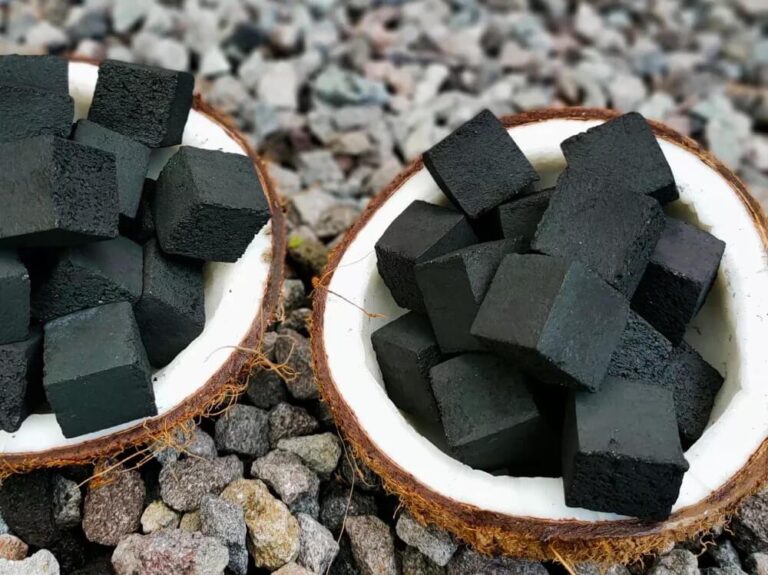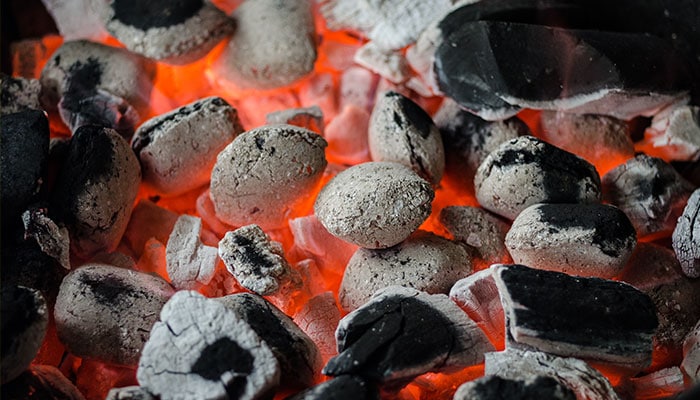As environmental concerns grow, consumers and businesses are more aware than ever of their impact on the planet. One significant area where we can reduce our ecological footprint is through eco-friendly packaging. The way products are packaged plays a crucial role in waste management, resource use, and environmental health. Shifting toward sustainable packaging is not only a responsible choice for the planet but also essential for businesses that aim to align with today’s eco-conscious consumers.
What is Eco-Friendly Packaging?
Eco-friendly packaging refers to the use of materials and methods that minimize environmental impact throughout their life cycle. This includes renewable, biodegradable, or recyclable materials that reduce waste and pollution. The goal is to create packaging that either returns to the environment safely or can be recycled and reused, ensuring it doesn’t end up as harmful waste in landfills or oceans.
Common examples include: - Recycled paper and cardboard - Biodegradable plastics - Plant-based materials like cornstarch or sugarcane - Glass, which is reusable and recyclable - Compostable materials
Why Eco-Friendly Packaging is Important
1. Reducing Waste
Traditional packaging, especially plastic, can take hundreds of years to decompose, leading to growing waste in landfills and oceans. Eco-friendly packaging helps reduce the volume of waste by using materials that either break down naturally or can be recycled.
2. Lowering Carbon Footprint
The production and disposal of conventional packaging materials consume significant energy and resources. Sustainable packaging options often use less energy and emit fewer greenhouse gases, leading to a smaller carbon footprint.
3. Preventing Pollution
Conventional packaging is a major contributor to ocean pollution, particularly plastics. Millions of tons of plastic waste enter the oceans annually, posing threats to marine life and ecosystems. Eco-friendly packaging reduces this impact by using materials that are biodegradable or recyclable.
4. Conserving Resources
Traditional packaging often relies on non-renewable resources like petroleum for plastic production. In contrast, eco-friendly packaging uses renewable resources or recycled materials, reducing the depletion of natural resources.
5. Meeting Consumer Expectations
As consumers become more eco-conscious, they expect brands to offer products that reflect their environmental values. By using eco-friendly packaging, companies can build trust and loyalty with customers who are committed to making responsible purchasing choices.
Jacoid’s Commitment to Eco-Friendly Packaging
One example of a brand that has embraced sustainable packaging is Jacoid. We use eco-friendly paper boxes for our product packaging, demonstrating a strong commitment to environmental responsibility. By opting for recyclable and biodegradable materials, we set an example of how businesses can contribute to a greener future while delivering high-quality, sustainable products.

Our packaging, made from recycled paper, ensures that the product aligns with the eco-conscious values of our consumers. The decision to use paper boxes not only reduces plastic waste but also complements our mission of offering sustainable energy solutions through our coconut charcoal briquettes.
How Jacoid’s Packaging Aligns with the Benefits of Eco-Friendly Practices
1. Utilizing Waste Products
Jacoid’s charcoal briquettes are made from coconut shells, a by-product of the coconut industry that would otherwise go to waste. Their packaging choice reflects the same zero-waste philosophy, utilizing paper that is both recyclable and biodegradable.
2. Reducing Environmental Impact
The shift from plastic to paper boxes significantly lowers Jacoid’s carbon footprint. Paper is easier to recycle and decomposes more quickly than plastic, making it a much more environmentally friendly option.
3. Catering to Eco-Conscious Consumers
With more consumers seeking out eco-friendly alternatives, Jacoid’s use of sustainable packaging helps build trust and loyalty. Customers know they are supporting a company that shares their commitment to reducing environmental harm.
How to Make the Shift to Eco-Friendly Packaging
For businesses looking to transition to eco-friendly packaging, there are several actionable steps to take:
-
Source Recyclable or Biodegradable Materials
Look for suppliers that provide packaging made from recycled, compostable, or renewable materials like Jacoid’s paper boxes.
-
Minimize Packaging
Reducing the amount of material used in packaging can lessen environmental impact. Minimalist packaging designs are both resource-efficient and appealing to consumers looking for waste-reducing options.
-
Educate Consumers
Help customers understand how to properly recycle or compost packaging materials. Jacoid, for example, could include instructions on how to dispose of their paper boxes responsibly.
A Path Toward a Greener Future
Eco-friendly packaging is essential to reducing waste, conserving resources, and protecting the planet. Companies like Jacoid, with recyclable paper boxes for charcoal briquettes, are leading the way in making sustainability a key part of the business model. This not only helps reduce the environmental impact but also aligns with the growing demand for sustainable products from eco-conscious consumers.
By adopting eco-friendly packaging, businesses can create a competitive advantage, strengthen customer loyalty, and contribute to a healthier planet. Whether it’s using biodegradable materials or choosing recyclable options like Jacoid, the shift to sustainable packaging is a critical step toward reducing waste and preserving the earth for future generations.
Conclusion
In conclusion, adopting eco-friendly packaging like Jacoid’s paper boxes is a win for the environment, consumers, and businesses alike. It’s a simple but effective step toward building a more sustainable future, and every responsible packaging choice contributes to saving the earth.




